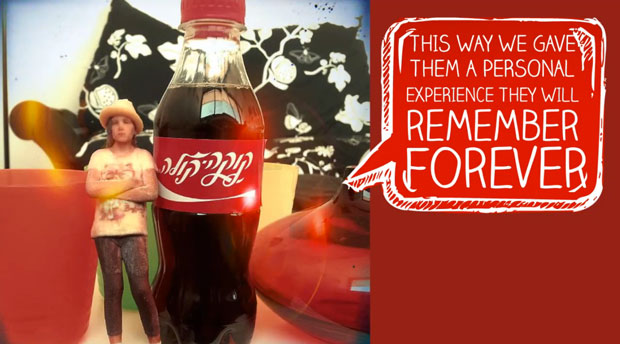As traditional, digital, and experiential campaigns are being integrated under an umbrella marketing strategy, the hashtag has become an important cross-channel aggregate tool. In fact, 57% of nationally-run Super Bowl ads incorporated a hashtag to extend the life of the ad past its 30 or 60 second spot and connect with consumers digitally. You can find hashtags on virtually all giant social media sites, allowing for both brands and consumers to track topics in real time. It is a way for consumers to chime in and also a way for marketers to listen.
Crafting a golden hashtag is a delicate balance of creative genius and strategic mastermind. Okay, maybe not that complex, but a few guidelines should be taken in consideration before plastering #BadIdea on every traditional and digital marketing channel you’ve got.
Determine #Function.
Decide how you will be using the hashtag. Is it purely a listening tool? Is it a consumer content curating tool? What channels will it be promoting? How will your brand or company use this information? Take the time in the planning stages to consider all functional aspects to avoid uncertainty down the road.
Be #Relevant.
A hashtag loses its effectiveness if it is too obscure and your consumers are unable to associate it back to the brand. Remember, this is an opportunity to connect with consumers, not to confuse them. Don’t bewilder the customer by changing it mid-campaign or jumping on a trending topic bandwagon if it doesn’t align with your brand.
Stay #Consistent.
Like any other important component of your campaign, be sure that the hashtag is consistent with the campaign strategy and objective. Once you pick a hashtag for a campaign, stick with it.
Do #Research.
Investigate. See if the hashtag has been used previously or is associated with something you don’t want related to your brand. Try to think of the worse case scenario of how it can be used or misinterpreted. Sometimes, you may have to think like a teenager and be sure that the hashtag is void of any double meanings or unfortunate letter combinations.
Get #Specific.
A wishy-washy, generic hashtag is not beneficial when tracking through a campaign. Pick something that speaks to your brand, but also isn’t so broad that messages are getting lost in a sea of posts. Make it unique to your campaign.
By following these simple guidelines, you can successfully integrate a hashtag into your campaign to amplify your message and interact with consumers.













